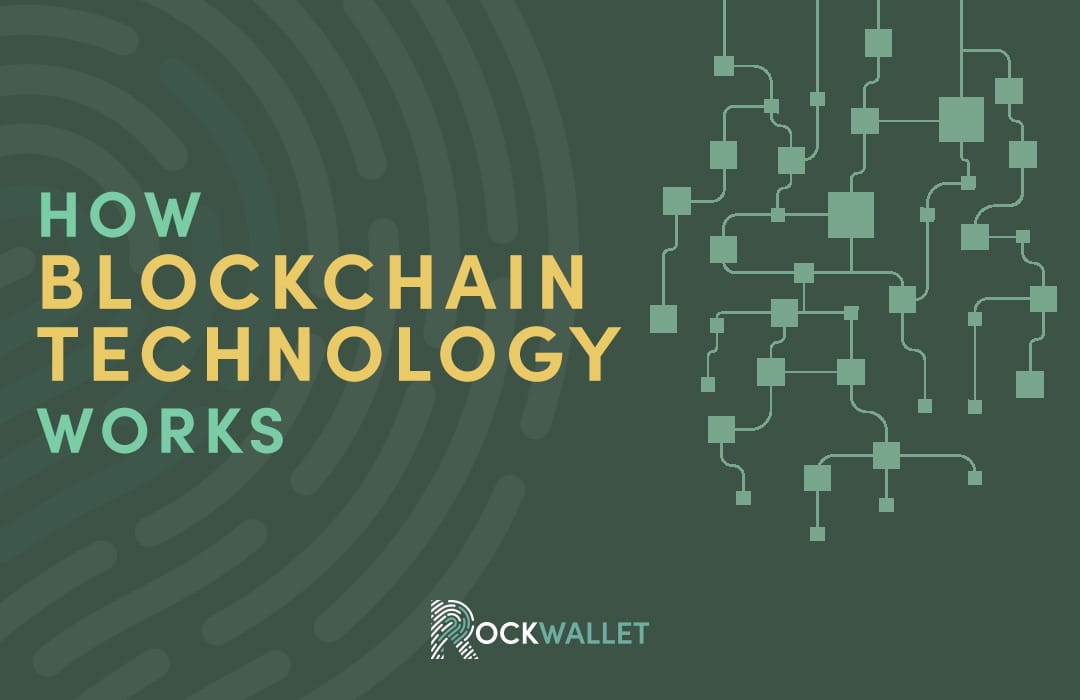
December 21, 2023
•6 min read
•Intro to Crypto
How does blockchain technology work?
Learn about how blockchain technology works, how it can be used to revolutionize the banking industry, and the challenges facing its widespread adoption.

Learn about how blockchain technology works, how it can be used to revolutionize the banking industry, and the challenges facing its widespread adoption.